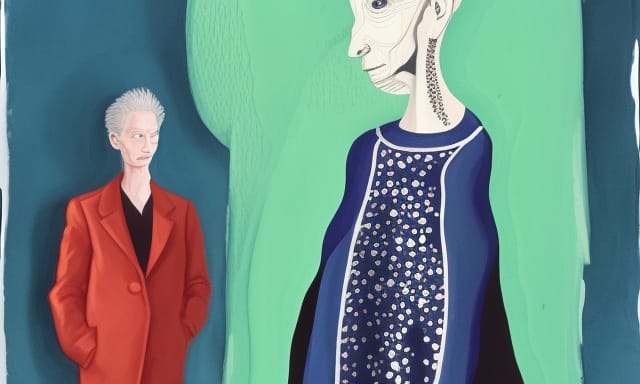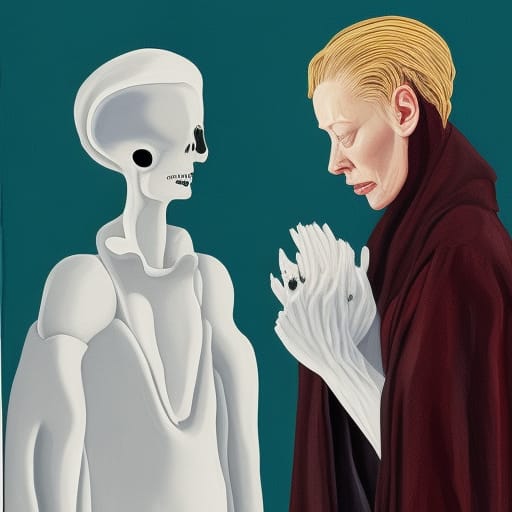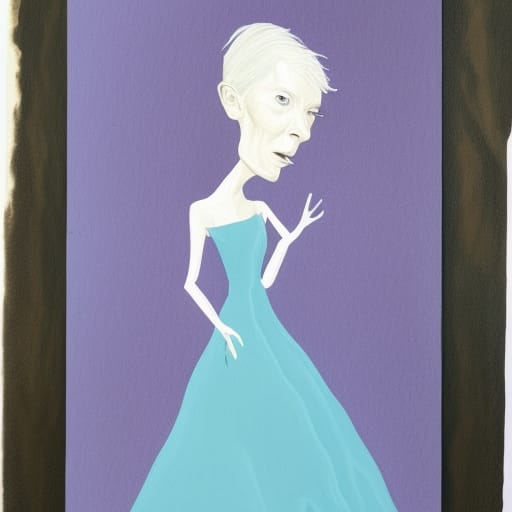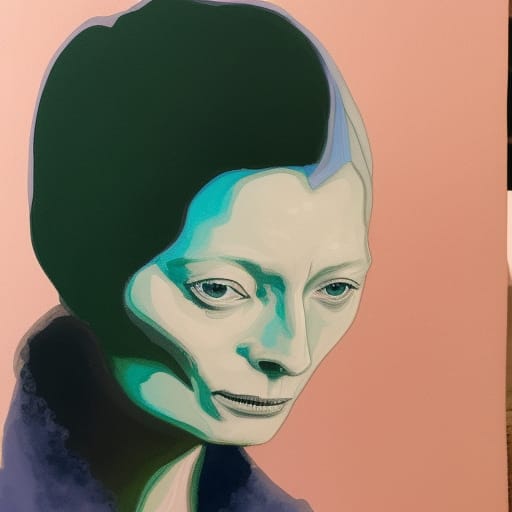A Tilda Swinton sci-fi helped me understand museums
I wrote about the cinema, and how Apichatpong Weerasethakul’s sci-fi ghost movie — somehow the most simultaneously chaotic and peaceful film I’ve ever watched — helped me think about some relevant questions about museum work.

I contributed some writing, unpaid, to the never-ending content mill of the digitalsphere in Spring ’22 when I was asked by Culture& and the Black Cultural Archives to write a personal piece for their newsletter. They gave me a list of those typical “re-” words that that academics love, which they asked me to pick from as prompts. The ones I went for were “Reconstruction, Repatriation and Reconfiguring”.
The piece I wrote talked about the cinema, and how Apichatpong Weerasethakul’s sci-fi ghost movie — somehow the most simultaneously chaotic and peaceful film I’ve ever watched — helped me think about some relevant questions about museum work. In typical fashion, I never saw the newsletter and never heard back from anyone who read it apart from Yara, who was working on the comms, who I’m pretty sure isn’t working at Culture& anymore because I reached out and didn’t hear back. I’m sharing it here in case anyone else can read it, and I hope you can enjoy!
If you want to read my film reviews on Letterboxd, my profile can be found at @jaddo.

I’ve found a lot of solace in going to the cinema this year. Coincidentally, it’s also where I have had a lot of thoughts about heritage. I’m also studying an MA Museum Studies, and it probably says a lot about me that I’m thinking the most about heritage going to see films rather than studying the assigned curriculum.
One of the best films I recently saw was Memoria, directed by Apichatpong Weerasethakul, starring Tilda Swinton, a Brit staying in Colombia who becomes plagued by a repeated, loud, and sudden bang which, apparently, only she hears. It sees her meet several individuals on her journey to reconstruct the sound and investigate its source. These characters reveal various historical truths to her, some of them offering technical expertise, and some of them—including a ghost!—providing firsthand accounts and stories about the sound and what half-remembered experiences are reaching out across time and cultural context to disturb her. As well as being unlike anything else I’ve watched, Memoria is a film that does brilliantly in showing us how impulsively humans seek to reconstruct the past. And at the same time, it invokes the pain that this work can bring up - traumas that are physically embodied and deeply felt.

This seems to have parallels in museum work. In the work of repatriation, being argued for around the world, communities which have already been hurt by colonialism feel the still-present effects of that oppression. Repatriation involves fighting long and resource-draining battles with museums to take back artefacts, and in some cases people—in the form of the remains of their ancestors—from official bodies that have extracted them by force. NAGPRA Comics shares interesting stories of cases fought by North American tribes, with mixed successes, which have employed legislation called the NAGPRA, the Native American Graves Protection and Repatriation Act (1990), to obtain the remains of community members that were taken by Western institutions, so that they could finally lay them to rest. Though the law says museums have to give back bodies if they’re proven to have an ancestral connection to your group, there are plenty of administrative loopholes in this, and museums have the ultimate say in what happens.
At the Peabody Museum at Harvard, Michigan tribes sought to take back the remains of their people. Though they were able to prove a relationship to the remains, the law does not require the return of associated burial artefacts - objects that the dead take with them on their travels after life. The burial objects, that the museum refused to return, are so important that many groups do not attempt reburial of their ancestors without them. In this case, the Michigan tribes ultimately decided to remake their own new artefacts so they could still hold the burials. The artefacts were personalised according to each deceased individual they found.

It was so beautiful reading about the innovation of the Michigan groups - I was struck with emotion, relief and admiration for their creativity, anger at the destruction of their spiritual lineages, and the grief they must have been unable to acknowledge. I thought of the movie, and that strange sound that haunted Tilda Swinton that she couldn’t place a name to. I think what’s most affecting, and most liberating about working with the heritage of the marginal are the moments where people employ their creativity to reconfigure the oppressive force of European, white, colonial collections. As members of subjugated groups, many of these creators and community organisers have no other choice but to use their imagination to make something out of the museums that give them nothing. We should all carry on seeking inspiration and employing art and invention and fiction in our work changing the dominant cultural landscape - in my case I’ll carry on taking myself to the movies.